An Ottawa Album
An Ottawa Album
 Glimpses of the Way We Were
Glimpses of the Way We Were
Marion Van de Wetering

HOUNSLOW PRESS
A MEMBER OF THE DUNDURN GROUP
TORONTO  OXFORD
OXFORD
Copyright Marion Van de Wetering 1997
All rights reserved. No part of this publication may be reproduced, stored in a retrieval system, or transmitted in any form or by any means, electronic, mechanical, photocopying, recording, or otherwise (except for brief passages for purposes of review) without the prior permission of Hounslow Press. Permission to photocopy should be requested from the Canadian Reprography Collective.
Hounslow Press
A member of the Dundurn Group
Publisher: Anthony Hawke
Editor: Barry Jowett
Designer: Scott Reid
Printer: Transcontinental Printing Inc.
Canadian Cataloguing in Publication Data
Van de Wetering, Marion
An Ottawa album: glimpses of the way we were
ISBN 0-88882-195-6
1. Ottawa (Ont.) History Pictorial works. I. Title.
FC3096.37.V36 1997 971.38400222 C97-931816-5
F1059.5.09V36 1997
1 2 3 4 5 SR 01 00 99 98 97
 | We acknowledge the support of the Canada Council for the Arts for our publishing program. We also acknowledge the support of the Ontario Arts Council and the Book Publishing Industry Development Program of the Department of Canadian Heritage. Care has been taken to trace the ownership of copyright material used in this book. The author and the publisher welcome any information enabling them to rectify any references or credit in subsequent editions. |
Printed and bound in Canada.
 | Printed on recycled paper. |
Hounslow Press
8 Market Street
Suite 200
Toronto, Ontario, Canada
M5E 1M6 | Hounslow Press
73 Lime Walk
Headington, Oxford
England
OX3 7AD | Hounslow Press
250 Sonwil Drive
Buffalo, NY
U.S.A. 14225 |
To Mom, for knowing I could,
and to Mark, for telling me.

Contents
Acknowledgements
As with any endeavour, this work was made possible by a multitude standing in the wings. My deepest thanks go first to my family, Ria Van Holten, Jan Van de Wetering and Marie-Franoise Gudon, Anne-Marie, Reine and Joelle Gudon, and Sven Van de Wetering and Birgit Giesser, for their encouragement, critiques, tireless babysitting and excellent meals. Also many thanks to the staff at the Ottawa City Archives, Archives of Ontario, National Archives of Canada, and National Library of Canada, for their endless patience in guiding me through the intricacies of researching and ordering photographs. Additional thanks go to the staff at Dundurn-Hounslow, especially Barry Jowett, for his fine editing on deadline, and Tony Hawke, publisher, for oh-so-nicely getting on my case to actually finish. Of course the biggest thanks of all go to my husband, Mark, and daughter, Maia, for putting up with the effects of late nights and early mornings, changed plans and rushed meals, and always, for their boundless enthusiasm.
Introduction

Ive always wanted to know why. As a child I wanted to know why things are the way they are. As I grew up, I found the natural world very mysterious. I wanted to know not just why the sky was blue, but why the grass was green, and why birds flew.
On the other hand, I pretty much took my urban environment for granted. Growing up in a city so new, with the history of the country so far removed from everyday life, made the past seem a subject of little personal concern. Compared to the miracles of nature, where the answers are often coded into genetic fragments, molecular structures, and similar microscopic particles, the plodding methodology of civic bureaucrats seemed exceedingly dull.
This changed abruptly as I began, first to move to different Canadian cities, then to travel to Europe and Asia. Why is this town, this street, this building here? Why is the architecture so different from one period to another? Seeing a modern steel and glass skyscraper juxtaposed with an ancient Shinto temple in Japan, visiting the soaring heights of Chartres Cathedral in France with its ancient underground caves, and moving to Ontario where the history of Canada surrounds you, have sparked the desire to know the whys of Ottawa.
In my quest to know, Ive found that cities grow the way they do through myriad decisions of thousands of people. These decisions, based in part on existing geography and the habits of indigenous people, lay the foundations for subsequent development.
The geologic history of the area has done as much to shape the development of the city as anything else. The junction of the Rideau and Gatineau rivers with the mighty Ottawa, gateway to the west, provided transportation for the earliest explorers, as well as a route for the pelts so highly prized in Europe. Later, the river would be used to transport timber down river to Montreal, and even later it would be filled with pleasure boats.
Early European settlers generally chose the best place they could find to start a new life. A bend in the river, a deep harbour, and fertile land were all good reasons to choose one spot over another. One of the reasons the junction of these rivers proved attractive was the lack of contention by the areas earliest inhabitants. When the settlers right to the land was questioned by the nearest tribes, a quick trip to Montreal to verify the validity of the settlers claims quelled the objections.
Later colonists added to these original decisions. Roads, bridges, and wharves were built to allow access to places both more settled and more remote. Furs came down river on their way to Europe. The trappings of civilisation came upriver to the inhabitants of a fledgling village.
The plans of individual families blended with those of government to shape a growing town. The placement of homes and businesses, and the excavation of the canal with its concomitant draining of swamps and creation of lakes, provided the framework for further growth.
The proliferation of rail lines, the paving of major thoroughfares, and the need for an airport each shaped the emerging capital. Each of these changes reflected the wishes of individuals or of corporations to grow in the direction of each unique vision. This pulled the city in a thousand different directions at once and fragmented the city into many different neighbourhoods, criss-crossed by rail lines and roadways which twisted every which way, with little rhyme or reason.
Finally, in the last half of the twentieth century, the city implemented a coherent plan, removing some of the chaos, providing green space, and protecting much of the citys heritage through the preservation of historic buildings.


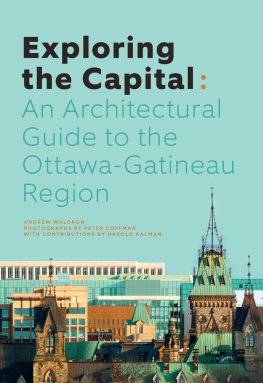
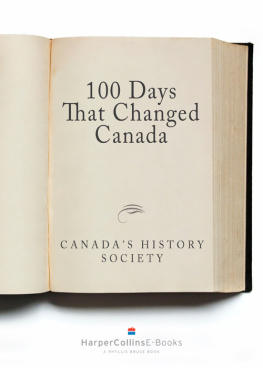
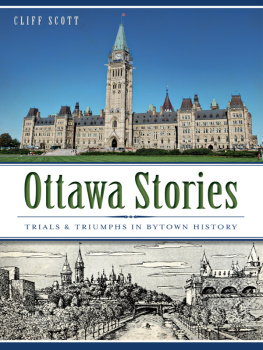
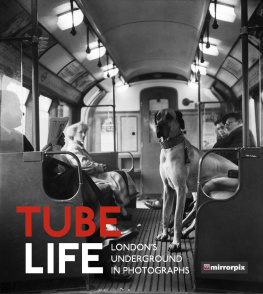

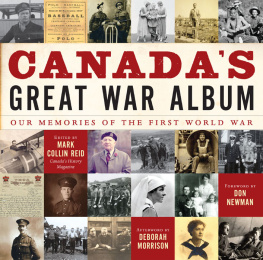
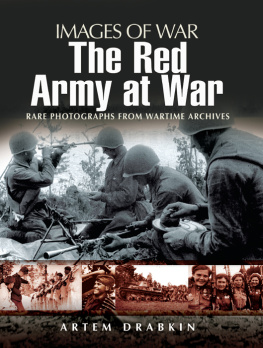
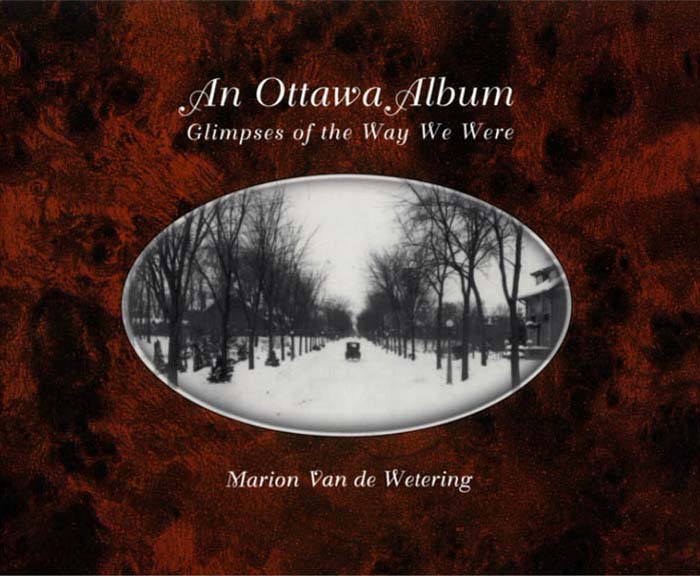
 Glimpses of the Way We Were
Glimpses of the Way We Were
 OXFORD
OXFORD


